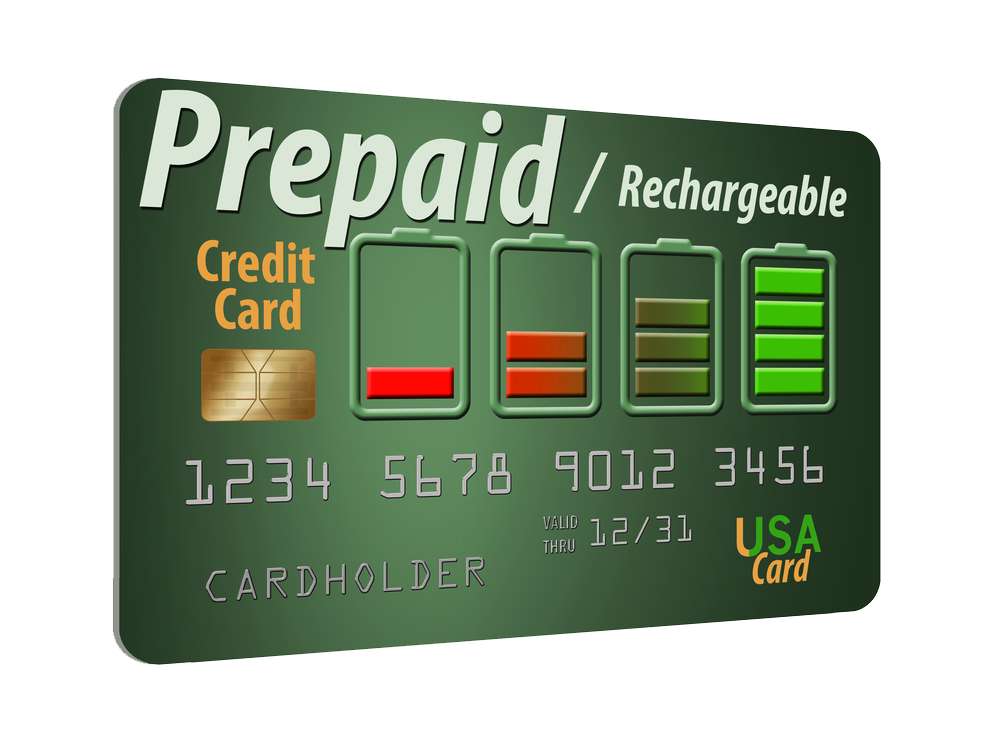Reloadable prepaid cards work similarly to a debit cards from your bank or credit union because you can use them to make purchases and withdraw cash from ATMs. The big difference is you don’t need to open a bank or credit union account to have one.
With a prepaid card, you choose the dollar amount to put on the card, and as you spend, your purchases are deducted from the total balance. When the balance gets low, you can reload with more money. Prepaid cards can be used almost anywhere, whether it’s to buy groceries at the supermarket, buy coffee at Starbucks, or even make online purchases.
These cards, like everything else, have upsides and downsides.

| The Upsides | The Downsides |
|---|---|
|
|